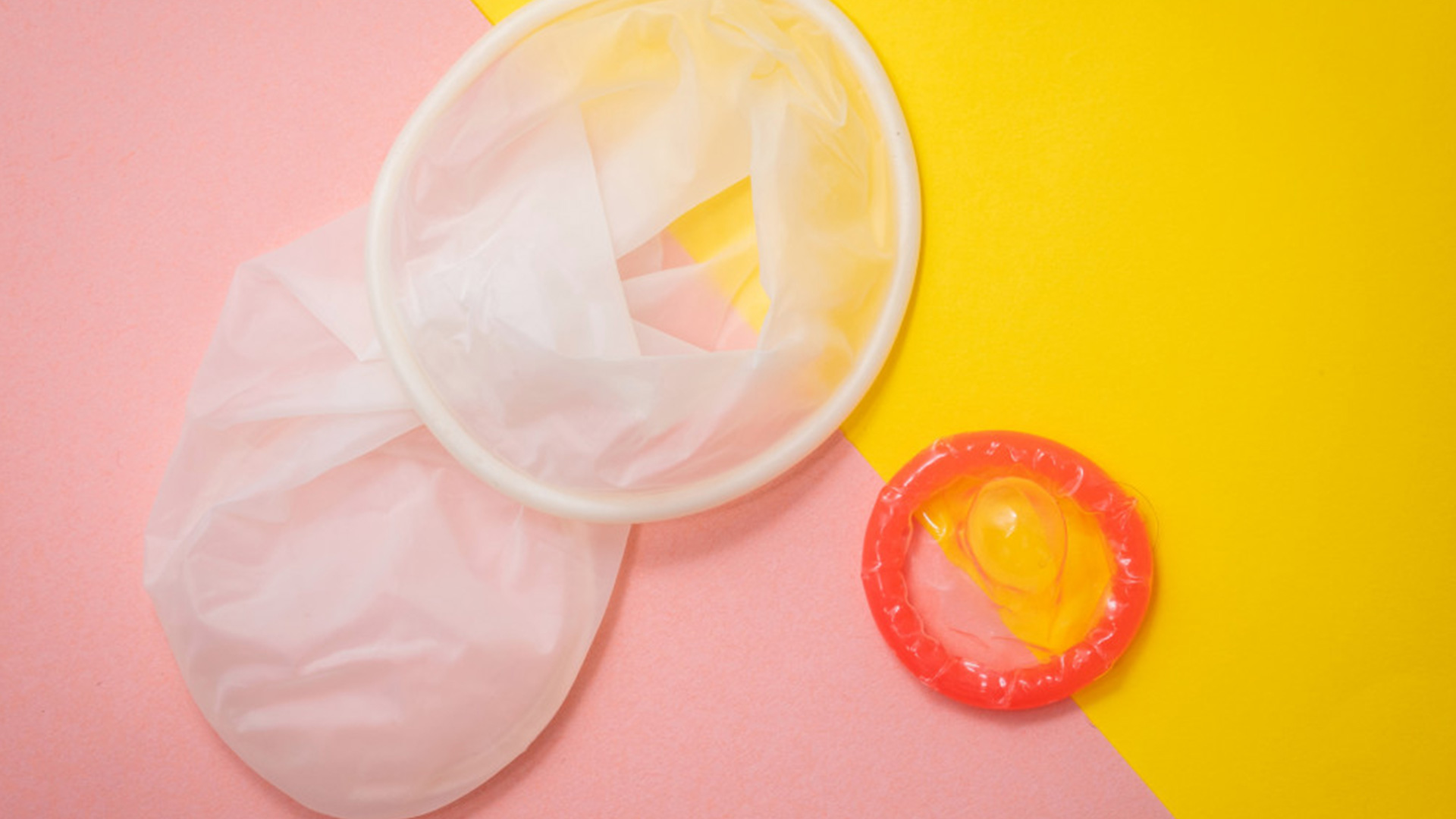
Are you experiencing STD (sexually transmitted disease) symptoms?
What Are STDs?
‘STDs’ is short for sexually transmitted diseases. These diseases spread via various sexual activities. The contact can be oral, vaginal, or anal. However, some may be transmitted via close physical contact of the skin as well such as herpes or human papillomavirus (HPV). They vary according to their intensity and ability to be cured. HIV and Hepatitis B for example are chronic forms of STDs that may be manageable but not curable.
TYPES OF STD
Types of Sexually Transmitted Diseases
There are over 20 types of STDs. They can be bacterial, parasitic, or viral in nature. The most common ones however are as follows:
Bacterial STDs
Chlamydia
Symptoms:
- Painful urination
- Vaginal discharge in women and penis discharge in men
- Painful intercourse
- Testicular pain in men
Syphilis
Symptoms:
- Sores or rash around the mouth or genital area
- Swollen lymph glands
- Fever
- Weight loss
Gonorrhea
Symptoms:
- Painful urination
- Lower back or abdominal pain
- Vaginal discharge in women
- Painful intercourse
- Itchiness and soreness
Viral STDs
Herpes
Symptoms:
- Painful and itchy blisters, sores, or ulcers – Either around the mouth (oral) or around the genitals
- Fever
- Headache
HPV (Human Papilloma Virus)
Symptoms:
- Genital warts
- HPV can also be the cause of cervical cancer
Parasitic STDs
HIV/AIDS (Human Immune Deficiency Virus or All Immune Deficiency Syndrome)
Symptoms:
- Recurrent Fever
- Recurrent oral or yeast infections
- Fatigue and weakness
- Swollen lymph nodes
- Skin rashes
causes
What Causes STDs and Why Are They So Common?
STDs are common for a number of reasons:
The organisms (virus, bacteria, or parasite) which carry the STD are hidden in semen, blood, saliva, or vaginal/rectal fluid
Unprotected sexual intercourse also leads to the spread of STDs
They can also be transmitted non sexually e.g. via shared needles, blood transfusion, or from the mother to fetus during pregnancy
Their contagious nature makes them easily transmissible from one person to another e.g. skin to skin contact with someone having active herpes or warts
treatment
Here’s What to Do
If you notice any of the symptoms post sexual or potential physical contact, here’s what you can do:
Book an appointment with your physician for a full screening – urine sample collection, blood test, or swab of genital, rectum, or throat
You may be prescribed an antibiotic medication depending on the type of STD – these usually work for bacterial and parasitic STDs
Viral STDs may be recurring and may require medication to lower transmission and manage symptom
precautions
How to Stay Safe – Using precautions Is Important
To minimize the risk of developing or catching an STD, it is important to take precautions and stay proactive when it comes to sexual health.
suggestive measures
Here’s what you can do
Using contraceptives such as condoms during vaginal or anal sex
Use of dental dams during oral sex
Regular screening and checkups for STDs especially if you have multiple partners
Get vaccinated for HPV and Hepatitis B
Discuss your sexual history with your partner and get tested – most STDs show minimal to no symptoms


